How are marketers really using social media?
Today, all marketers in their role as brand stewards are considering the best ways to leverage the social media activity of consumers in order to drive business growth. Where once conferences and trade shows were the dominant venue for intellectual exchanges, marketers now also rely on social media to discuss social media.
Less than 1% of Web Site Visits Come from Social Media
One of social media's big selling points is the high degree of user engagement it generally produces -- but paradoxically this "stickiness" may also be a liability, as heavily-engaged users are also less likely to follow links leading to sites outside the social media universe. At least, that's the conclusion I draw from some interesting research findings just released by ForeSee Results.
Five More Social Trends To Excite You
I listened to all the social media chatter after last week's post on social media trends and I heard you loud and clear: five trends aren't enough. Brilliant social marketer that I am, I'll share five more. Or maybe I couldn't fit all 10 in the previous post and this is a disingenuous way to spin it. Either way, here are five trends marketers need to follow today.
More Proof That The (Social) Future Is Hard To Predict -- Or, Who Knew?
I've spent part of the week haunted by the specter of the Winklevii.You know the ones - the identical twins - immortalized in "The Social Network," who just can't give up the ghost on feeling they deserve more of Mark Zuckerberg's cajillions? Here's the Cliff Notes version of the beef they have to pick with Facebook, which was partly detailed in the somewhat true parts of the Oscar-nominated movie:
Is There Really Trouble @Twitter, Or Is It Just Different @Twitter?
In a world where last week almost seems like a decade ago, you can call me slow on the uptake for just getting around to reading Jesse Hempel's feature in Fortune, "Trouble @Twitter," a week after it published.
Thứ Ba, 30 tháng 8, 2011
2 in 3 Online Adults Use SocNets
7 Tips for Dealing With Upset Facebook Fans | Social Media Examiner
#1: Respond no matter what
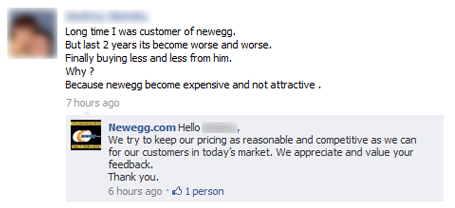
#2: Be patient and understanding
#3: Contact the Customer Privately
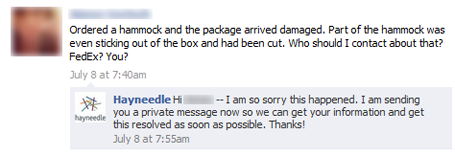
#4: Consider asking the fan to remove the post
#5: Respond back to the original post

#6: Let your community respond
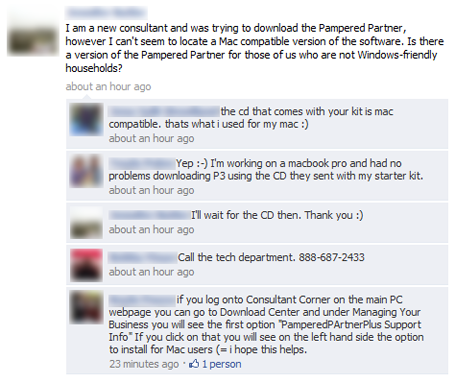
#7: The Last Resort
Thứ Hai, 29 tháng 8, 2011
How Younger Adults React to Brands on Social Networks - eMarketer
Do millennials really interact most with brands on social sites?
9 Reasons Why Your Content Is Not Shared on Social Networks: New Research | Social Media Examiner
The Science of Sharing

#1: Your customers don’t trust you
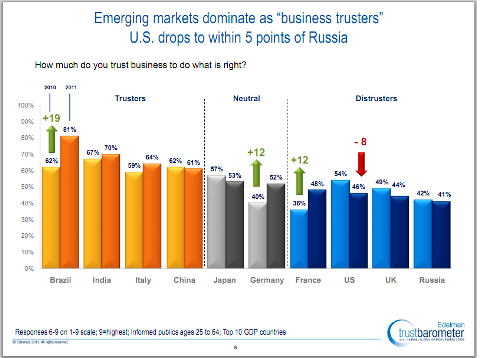
#2: Your customers don’t care about your brand
#3: Your posts are boring

#4: People care about causes more than brands
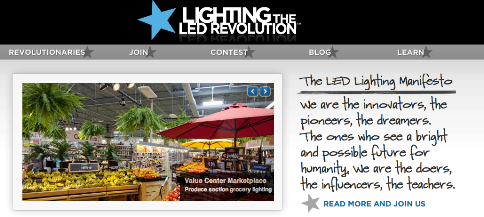
#5: People share to build relationships with others
- 78% of respondents use links to stay connected to people they might not otherwise stay in touch with.
- 73% of respondents said sharing content helps them find people with common interests.
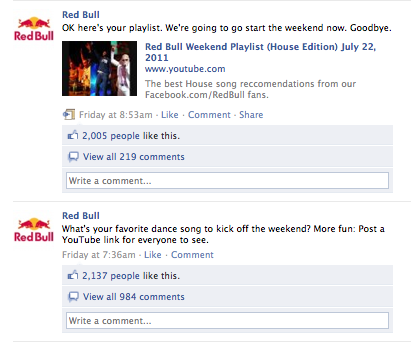
#6: Customers are looking for validation
#7: People share to manage information
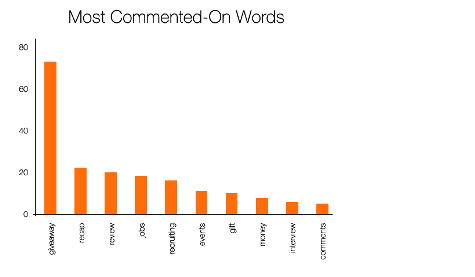
#8: You’ve misunderstood your audience
- Altruists—Altruists share content out of a desire to be helpful and aspire to be seen as a reliable source of information. Preferred tools: Facebook and email.
- Careerists—Careerists are well-educated and seek to gain a reputation for bringing value to their networks. They prefer content that is more serious and professional in tone. Preferred tools: LinkedIn and email.
- Hipsters—Hipsters are younger sharers who have always lived in the “information age.” They use Twitter and Facebook to share cutting-edge and creative content. They share content to build their online identity. Preferred tools: Facebook and Twitter.
- Boomerangs—Boomerangs seek validation and thrive on the reaction of others to their content, even when it’s negative responses. Preferred tools: Facebook, email, Twitter and blogs, wherever people will engage them.
- Connectors—Connectors see content sharing as a means of staying connected to others and making plans. They are more relaxed in their sharing patterns. Preferred tools: Facebook and email.
- Selectives—Selectives are more thoughtful in what they share and with whom they share it. They personalize their sharing and expect responses to their content. Preferred tool: email.
- Trendsetters—Trendsetters are thought leaders, marketers and business leaders who purposefully seek to stay abreast of breaking news and trends in their industry, sharing it quickly and aggressively. These people are typically seen as experts (or aspire to be seen as such). Preferred tools: Twitter, Facebook and LinkedIn.














